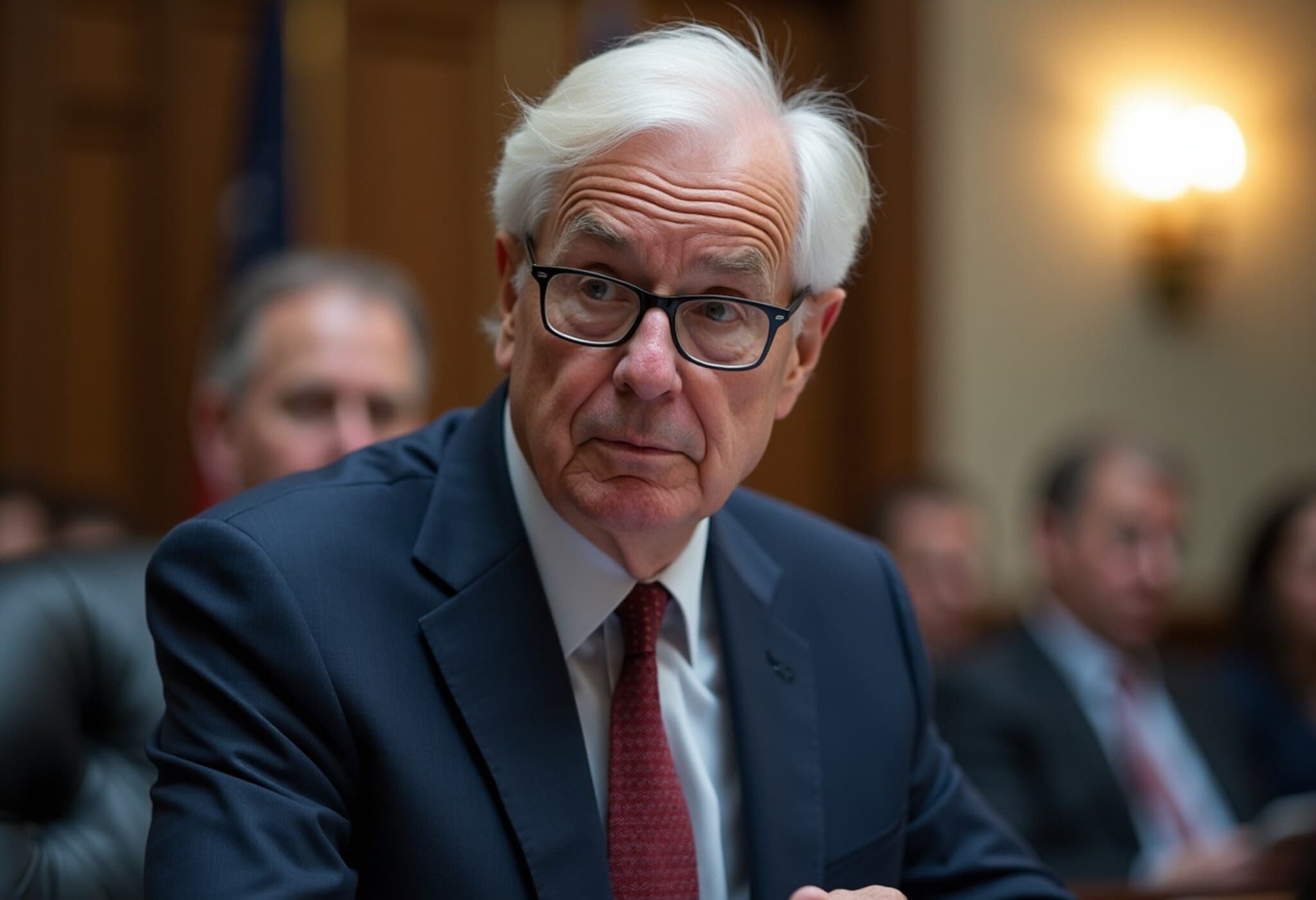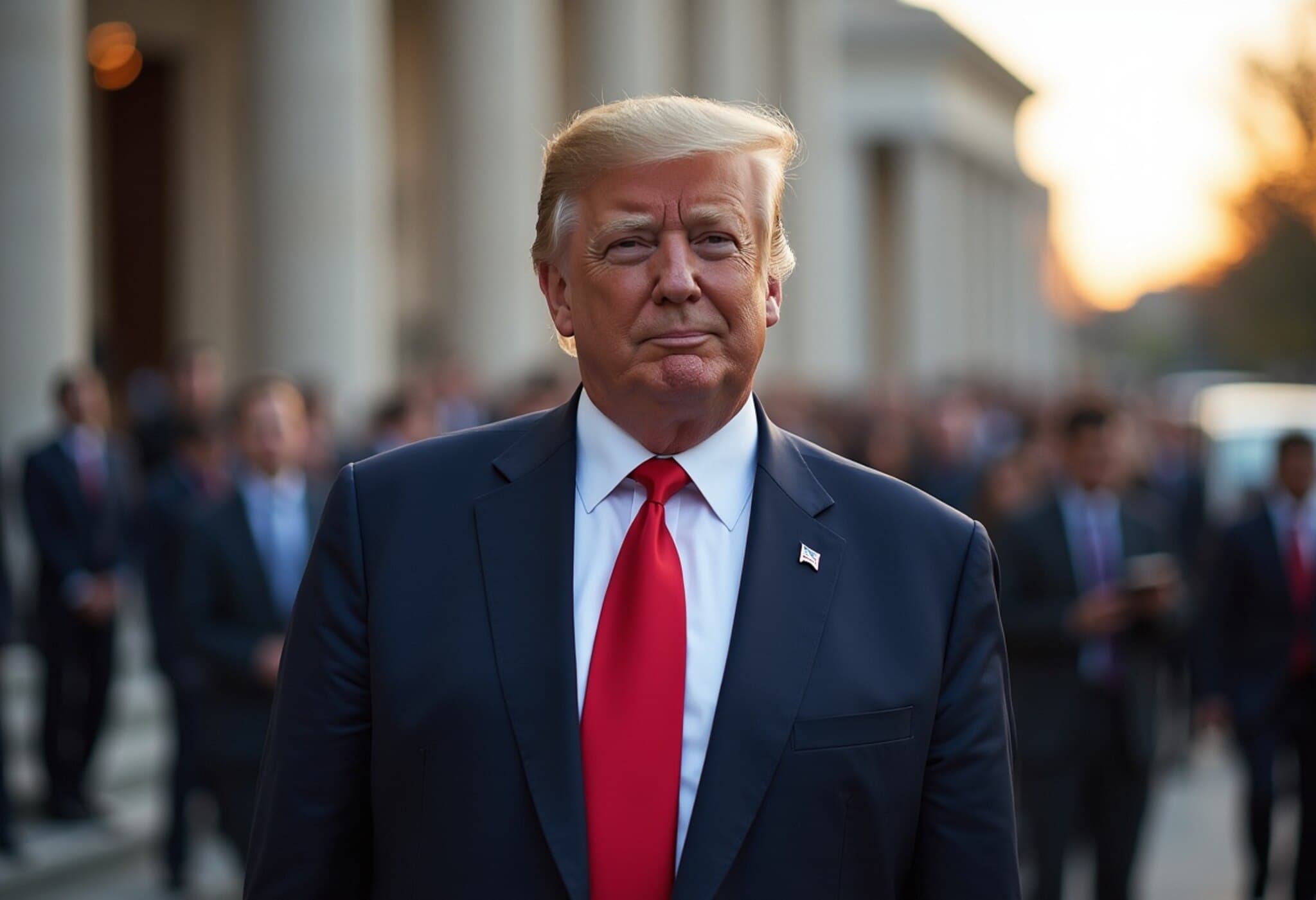Global Markets Rally on Ceasefire Hope
Global markets surged on Tuesday following reports that Iran and Israel have agreed to a ceasefire, easing fears of prolonged conflict in the Middle East. This development also sent oil prices tumbling as concerns over potential supply disruptions diminished sharply.
The news surfaced after U.S. President Donald Trump stated on social media that a ceasefire would commence within 12 hours, effectively signaling an end to hostilities. While Israeli officials had yet to comment at the time, an Iranian official confirmed Tehran's consent to a ceasefire, though Iran's foreign minister maintained that hostilities would only cease if Israel stopped its attacks.
Oil Prices Plunge as Tensions Ease
Oil prices fell significantly, dropping over 3% on Tuesday after a prior slide of nearly 9% on Monday, tied to Iran’s limited retaliatory strike against a U.S. base—an act that appeared more symbolic than escalatory.
U.S. crude futures declined further to $66.15 per barrel, marking the lowest prices since early June. The easing of tensions around the strategically vital Strait of Hormuz has calmed markets, allowing crude prices to retreat from their recent peaks.
Investor Focus Shifts to Trade Talks and Fed Signals
With the immediate threat fading, investor attention is pivoting towards upcoming trade negotiations and Federal Reserve policy decisions. Analysts highlight that the unexpectedly swift resolution in the Middle East could hasten progress on trade tariffs and deals.
Equity markets responded positively, with S&P 500 futures climbing 0.6% and Nasdaq futures rising 0.9%. European indices followed suit; EUROSTOXX 50 futures increased by 1.3% and FTSE futures by 0.4%.
In the Asia-Pacific region, broad market indexes surged as well. The MSCI Asia-Pacific excluding Japan jumped by 1.8%, while Japan’s Nikkei climbed 1.4%. Chinese blue chips and Hong Kong’s Hang Seng Index posted gains of 1% and 1.7%, respectively.
Trade Negotiations Gain Momentum
Sources reveal that Japan’s lead tariff negotiator, Ryosei Akazawa, plans a seventh visit to the U.S. as early as June 26, aiming to resolve tariff issues harming Japan's economy. This development underscores the growing optimism surrounding trade talks.
Currency Markets Respond to Geopolitical Shifts
The ceasefire news also weighed on the U.S. dollar, which slid further against major currencies. The dollar dropped 0.3% to 145.70 yen after peaking near 148 yen the previous session. The euro edged up by 0.2% to $1.1594, following an overnight rise of 0.5%.
This movement benefited oil-reliant economies like the European Union and Japan, which depend heavily on oil and liquefied natural gas imports. In contrast, the United States, a net energy exporter, faces different market dynamics.
Bond Yields and Fed Outlook
U.S. Treasury 10-year yields inched up by 2 basis points to 4.35% after an earlier dip. The market watched closely as Federal Reserve Vice Chair for Supervision, Michelle Bowman, signaled that conditions may soon favor interest rate cuts amid growing job market uncertainties.
Fed Chair Jerome Powell is set to share his perspective during congressional testimony later in the day, maintaining a more cautious tone about immediate easing. Market expectations indicate roughly a 22% chance of a rate cut at the Fed's upcoming July 30 meeting.
Gold and Risk Sentiment
Heightened risk appetite pushed gold prices down by 0.6%, settling near $3,346 an ounce, as investors shifted back to riskier assets amid the easing geopolitical tensions.
Looking Ahead
With the ceasefire potentially stabilizing a geopolitical hotspot and trade negotiations gaining momentum, global markets are adjusting swiftly. Investors continue to weigh Federal Reserve signals and economic data, navigating between renewed optimism and cautious policy outlooks.



















